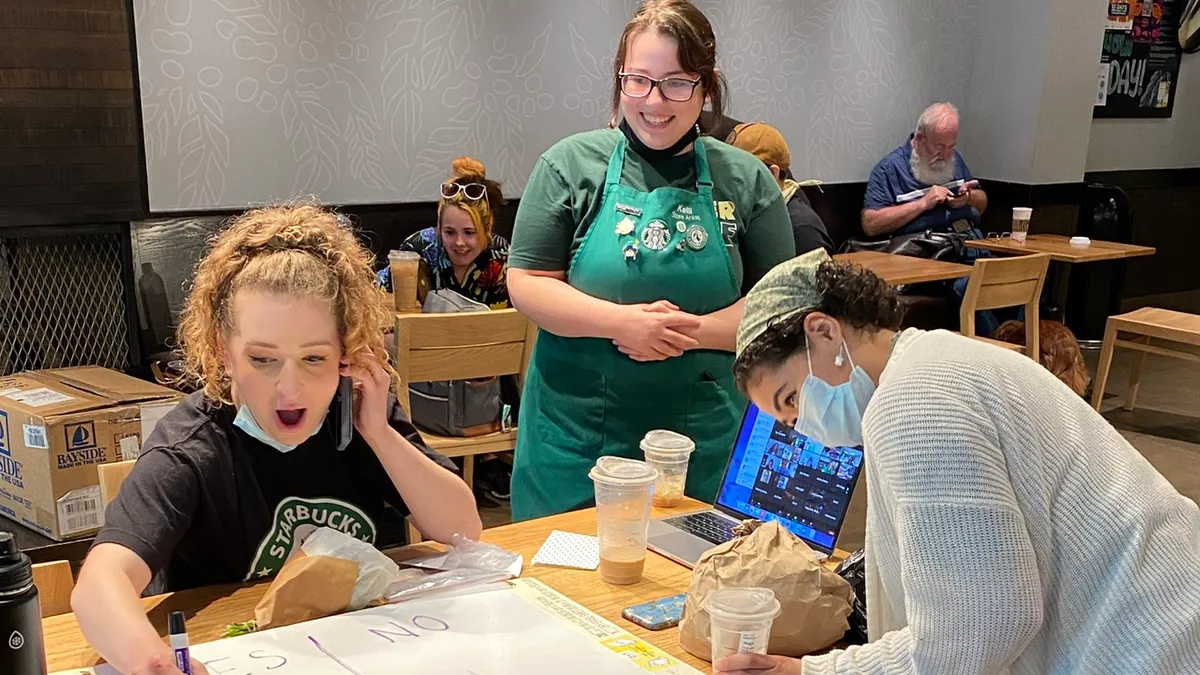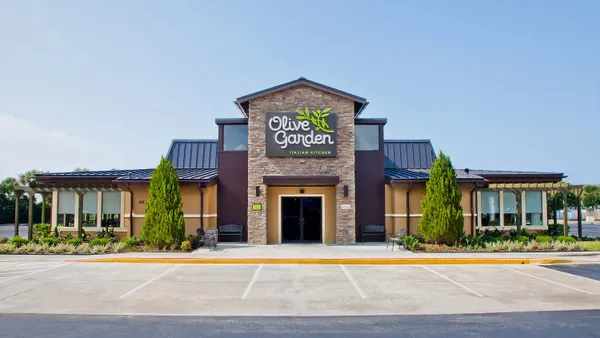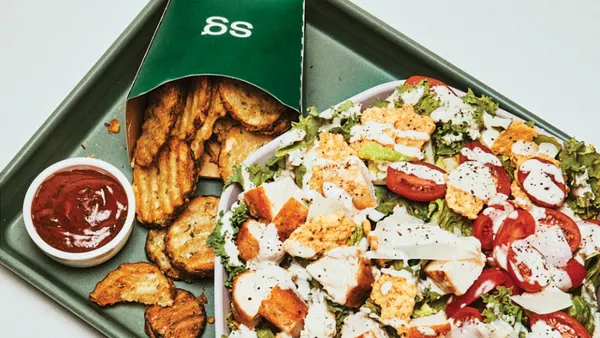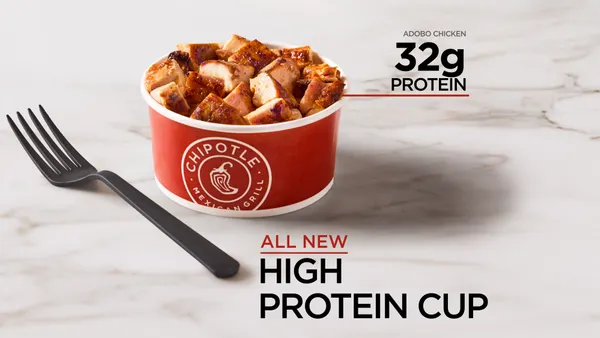Tom Super is senior vice president of communications at the National Chicken Council.
Far beyond the specials and catch of the day, diners are asking more questions from restaurants about how the food on the menu is grown and raised. Maybe not to the extent of Colin the Chicken in that "Portlandia" episode, but chicken is the most consumed protein in the country and with that comes questions — especially with Facebook, Twitter and Instagram readily available to relay those queries.
Data revealed in the National Chicken Council’s (NCC) recent U.S. Chicken Consumption Report shows that consumers have an increasing desire for more information about the chicken they buy and eat when dining out. Patrons are increasingly expecting chefs, cooks, front-of-house staff and restaurants' social media channels to help assure them that the protein on their menu was raised humanely and sustainably.
In a world of increasing transparency and information availability, this isn't too surprising. But foodservice operators face many challenges when it comes to answering these types of questions — and moreover they’ve lacked accessible, accurate resources that could be helpful to train staff or answer questions online about how the chicken they serve is raised and processed. And that’s on us.
Feeding restaurant professionals
To help solve that issue, NCC recently launched a new website designed exclusively for foodservice and culinary professionals. The new Chicken Check In Foodservice provides information on how typical broiler chickens are raised and produced in the U.S., including frequently asked questions, a glossary of chicken labeling terms and additional resources.
Customers have questions about the food on menus and they look to restaurant staff to provide honest and accurate answers. Even common food production-related menu terms — like "organic" — meant to differentiate offerings can be confusing. On the site, we’ve provided easy-to-understand definitions and explanations. Visitors will also find bite-sized videos that take you inside a typical chicken farm to see and learn all about broiler chickens’ lives — from how they hatch to what they eat and how they are cared for.
This new tool for foodservice operators comes at just the right time. According to the U.S. Chicken Consumption Report, chicken consumption out of the home is growing. About 68% of consumers have eaten a chicken meal or snack from a foodservice establishment in the past two weeks. And 19% of consumers anticipate eating more chicken from foodservice establishments in the next 12 months. Arming the industry with this resource can go a long way toward ensuring customer curiosity is satisfied.
Committed to innovation
Just as the foodservice industry continues to innovate, farmers are doing the same for their birds. Together with veterinarians and animal nutritionists, farmers are always looking for ways to improve every aspect of chickens’ lives, including approaches to nutrition, housing, breeding and everyday care and monitoring systems. Maintaining the health of their chicken flock is farmers' number one priority.
Since savvy consumers will continue to look "beyond the menu" — food production must answer the call for transparency. We understand today better than ever before that the burden of proof for the care of the average American bird falls squarely on us.










